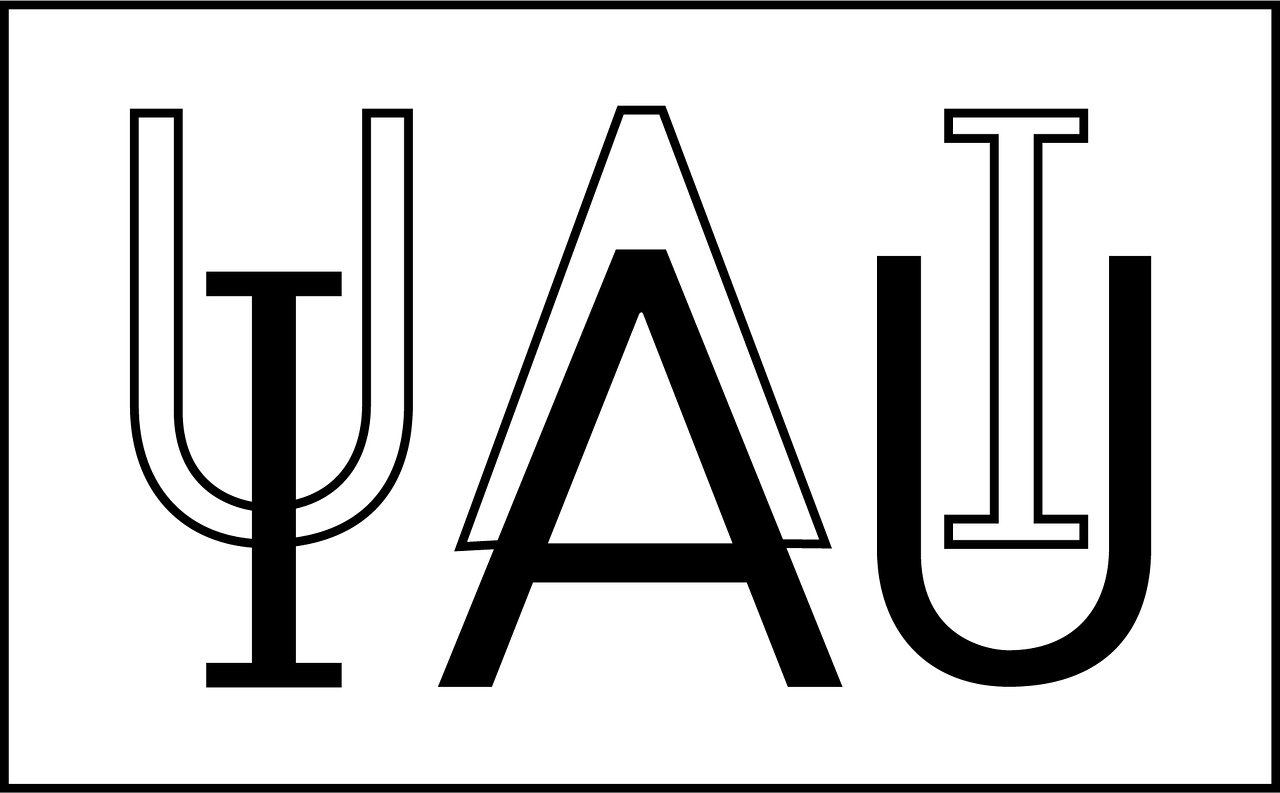The IAU Now Accepts Members Annually
 The International Astronomical Union (IAU) will now review applications for new members annually. Previously, prospective members would have to wait for approval at the next IAU General Assembly, a meeting that happens only once every three years. With the recently established membership category of Junior Members, the IAU is hoping to include more astronomers earlier in their careers. The IAU has traditionally attracted astronomers in mid- to late- career stages, so the percentage of women is only about 18% worldwide (and only 14% among US members). The increased rate of membership application reviews and the expansion of membership to early career astronomers should help increase the membership's size and inclusivity.
The International Astronomical Union (IAU) will now review applications for new members annually. Previously, prospective members would have to wait for approval at the next IAU General Assembly, a meeting that happens only once every three years. With the recently established membership category of Junior Members, the IAU is hoping to include more astronomers earlier in their careers. The IAU has traditionally attracted astronomers in mid- to late- career stages, so the percentage of women is only about 18% worldwide (and only 14% among US members). The increased rate of membership application reviews and the expansion of membership to early career astronomers should help increase the membership's size and inclusivity.
What is the IAU? The IAU is the global organization of professional astronomers, with more than 13,500 members from about 100 countries. Its mission is to promote and safeguard the science of astronomy in all its aspects, including research, communication, education, and development, through international cooperation. The IAU is celebrating its 100th anniversary in 2019 with thousands of activities around the world. At the XXX General Assembly in Vienna in August 2018, it released its new Strategic Plan for 2020-2030.
Why should I join? Besides the General Assemblies, which resemble AAS winter meetings but on a global stage, the IAU hosts nine symposia annually in order to foster the exchange of scientific ideas. The ongoing work is carried out through nine divisions encompassing all areas of astronomy. An annual PhD prize is awarded in each division. There are also 34 commissions dealing with subtopics within each division, and 53 working groups (WGs) addressing specific issues. Most WGs are designed to last from one General Assembly to the next, though five WGs are ongoing at the Executive Committee level: Astronomy for Equity and Inclusion, Dark and Quiet Sky Protection, Global Coordination of Ground and Space Astrophysics, Junior Members, and Women in Astronomy. The IAU also hosts four satellite offices located around the world: the Office of Astronomy for Development, the Office for Astronomy Outreach, the Office for Young Astronomers, and the Office of Astronomy for Education, which is now being formed. The work of the offices is carried out through national coordinators also located around the globe.
IAU membership is free to individuals. The IAU has interests and goals that align well with those of the AAS and its members. The AAS also participates in the US National Committee of the IAU (USNC-IAU), which meets at each winter AAS meeting. Thus, it is appropriate for AAS members who are not yet IAU members to consider applying in order to become engaged in the IAU's ongoing activities. IAU membership is free to qualified individuals; applications for astronomers working in the US are reviewed by the National Academy of Sciences, which also pays the required dues. The 2019 application period will open in October or thereabouts, and the link to the application form will be posted on the USNC-IAU website at that time. For astronomers employed outside the US, details about applying for IAU membership are in the IAU announcement of 24 June 2019. Questions? See the "Answers to Questions About Joining the IAU" on the AAS website.
Did we mention that IAU membership is free to individuals?!
— Megan Donahue, AAS President, and Debra Elmegreen, IAU President-Elect

